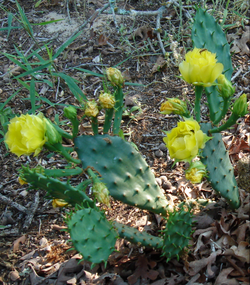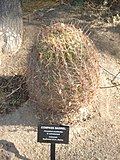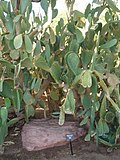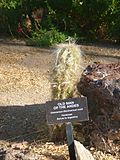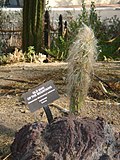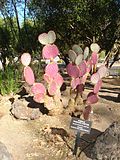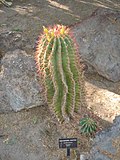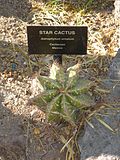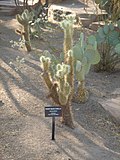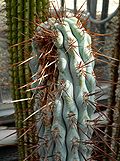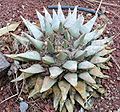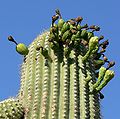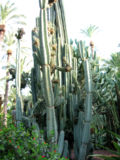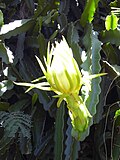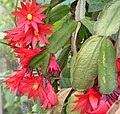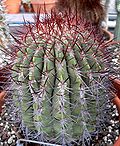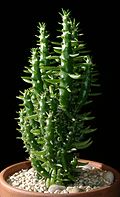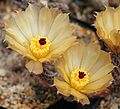Jomegat bot (talk | contribs) m (Fix Tab Name transclusion) |
|||
| Line 23: | Line 23: | ||
</translate> | </translate> | ||
| − | |name={{:Tab Name/Overview | + | |name={{:Tab Name/Overview{{GetLangSuffix}} }} }} |
<!--Start the Requirements Tab --> | <!--Start the Requirements Tab --> | ||
| Line 29: | Line 29: | ||
[[{{#titleparts:{{PAGENAME}}|2|1}}/Requirements{{GetLangSuffix}}|{{:Tab Name/Printable Version}}{{GetLangSuffix}}]] | [[{{#titleparts:{{PAGENAME}}|2|1}}/Requirements{{GetLangSuffix}}|{{:Tab Name/Printable Version}}{{GetLangSuffix}}]] | ||
{{#lst:{{#titleparts:{{PAGENAME}}|2|1}}/Requirements{{GetLangSuffix}}|Body}} | {{#lst:{{#titleparts:{{PAGENAME}}|2|1}}/Requirements{{GetLangSuffix}}|Body}} | ||
| − | |name={{:Tab Name/Requirements | + | |name={{:Tab Name/Requirements{{GetLangSuffix}} }} }} |
<!--Start the Answer Key Tab--> | <!--Start the Answer Key Tab--> | ||
| Line 47: | Line 47: | ||
{{#tag:tab| | {{#tag:tab| | ||
{{#lst:{{#titleparts:{{PAGENAME}}|2|1}}/Worksheet{{GetLangSuffix}}|Body}} | {{#lst:{{#titleparts:{{PAGENAME}}|2|1}}/Worksheet{{GetLangSuffix}}|Body}} | ||
| − | |name={{:Tab Name/Worksheet | + | |name={{:Tab Name/Worksheet{{GetLangSuffix}} }} }} |
</tabs> | </tabs> | ||
Revision as of 02:07, 12 January 2021
Overview
The Challenging Part
The most challenging requirement of this honor is probably this:
5. Photograph, observe or sketch at least 10 species of cacti and classify them or grow at least 3 different species of cacti.
[[AY Honors/Cacti/Requirements|Tab Name/Printable Version]]
1. Name the chief characteristics of a cactus.
2. Name three uses of cacti.
3. In what places are cacti the most plentiful? Why?
4. Know and identify from life or pictures 15 species of cacti.
5. Photograph, observe or sketch at least 10 species of cacti and classify them or grow at least 3 different species of cacti.
Printable Answer Key Tab Name/Edit Answer Key
1
- Areoles - Flowers, branches, spines sprout from these- no other plant has this feature.
- Spines - Perhaps the most familiar feature of cacti, spines can vary greatly in appearance, shape, size, and color. Spines are not thorns.
- Flowers - Flowers are not unique to cacti, but cacti flowers are unique. Cacti flowers are typically quite spectacular and very complex. Unfortunately this field mark is only helpful if the plant happens to be blooming.
- Leaves - Most cacti do not have leaves, however, some do. Pay special attention to the presence or absence of leaves.
- Origin - All cacti are native to the America's and surrounding islands. With one exception - Rhipsalis baccifera. Although, world wide cultivation has made this less helpful for identification.
2
- Cacti are used for:
- 1. Decorating and Landscaping - as houseplants, in dry gardens, or, even as a fence.
- 2. Edible Fruit Producing - such as Prickly Pear, Hylocereus, Dragon fruit.
- 3. Psychoactive uses - the Peyote, Lophophora williamsii, is a well-known psychoactive agent used by Native Americans in southwestern United States.
- 4. Host for bugs - the Opuntia is also used as a host for cochineal bugs for the Cochineal dye industry.
- 5. Food - Nopal cactus has been a staple food and base for beverages in Mexican culture for centuries.
- 6. Emergency water source - Some cactus can serve as an emergency water source, but be careful as you can get diarrhea causing further dehydration.
3
- Cacti can adapt very well to dry climate or rocky terrain like deserts or mountains, but they can thrive in jungles. They prefer a hot, dry climate, not a humid, hot climate as popular myth suggests. The fact that they also thrive on sandy/rock soil is because the way water doesn’t pool near or on them and the nutrients the soil is rich with.
4
Hey! This is your part. Enjoy!
I took photos of these two. Can you identify them?
Now go and identify more...
5
There are different tribes of cacti:
B. hertlingiana (Tribe Browningia)
Ariocarpus retusus (Tribe Cacteae)
Calymmanthium (Tribe Calymmantheae)
Cereus peruvianus (Tribe Cereeae)
Hylocereus undatus (Tribe Hylocereeae)
Parodia magnifica (Tribe Notocacteae)
Golden cereus (Tribe Pachycereeae)
Schlumbergera gaertneri (Tribe Rhipsalideae)
D. rhodacantha (Tribe Trichocereeae)
A. subulata (Tribe Austrocylindropuntieae)
Cuija (Tribe Opuntieae)
Pterocactus tuberosus (Tribe Pterocacteae)
Maihueniopsis subterranea (Tribe Tephrocacteae)
References
Content on this wiki is generated by people like you, and no one has created a lesson plan for this honor yet. You could do that and make the world a better place.
See AY Honors/Model Lesson Plan if you need ideas for creating one.
